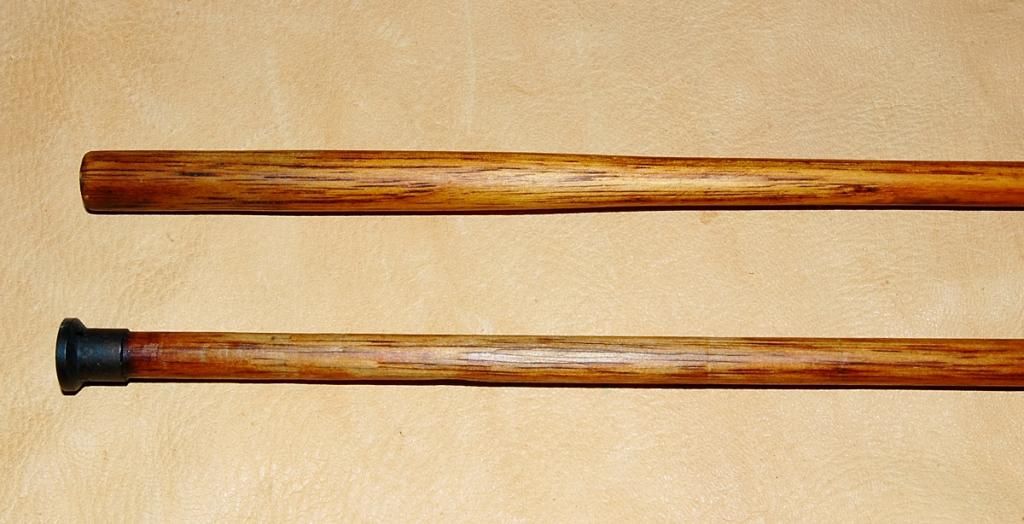duelist1954
40 Cal.
- Joined
- Jun 27, 2011
- Messages
- 430
- Reaction score
- 72
I’ve been playing around with different, period correct loading methods for round balls. I included cloth-patched balls, even though there doesn’t seem to be any documentation for the practice, but I find it hard to believe that it wasn’t done, especially in areas where rifles were common.
Here is a video I did on the subject
https://www.youtube.com/watch?v=C8AtaQGYQDk
This is the Tulle fusil de Chasse I’ve been shooting lately
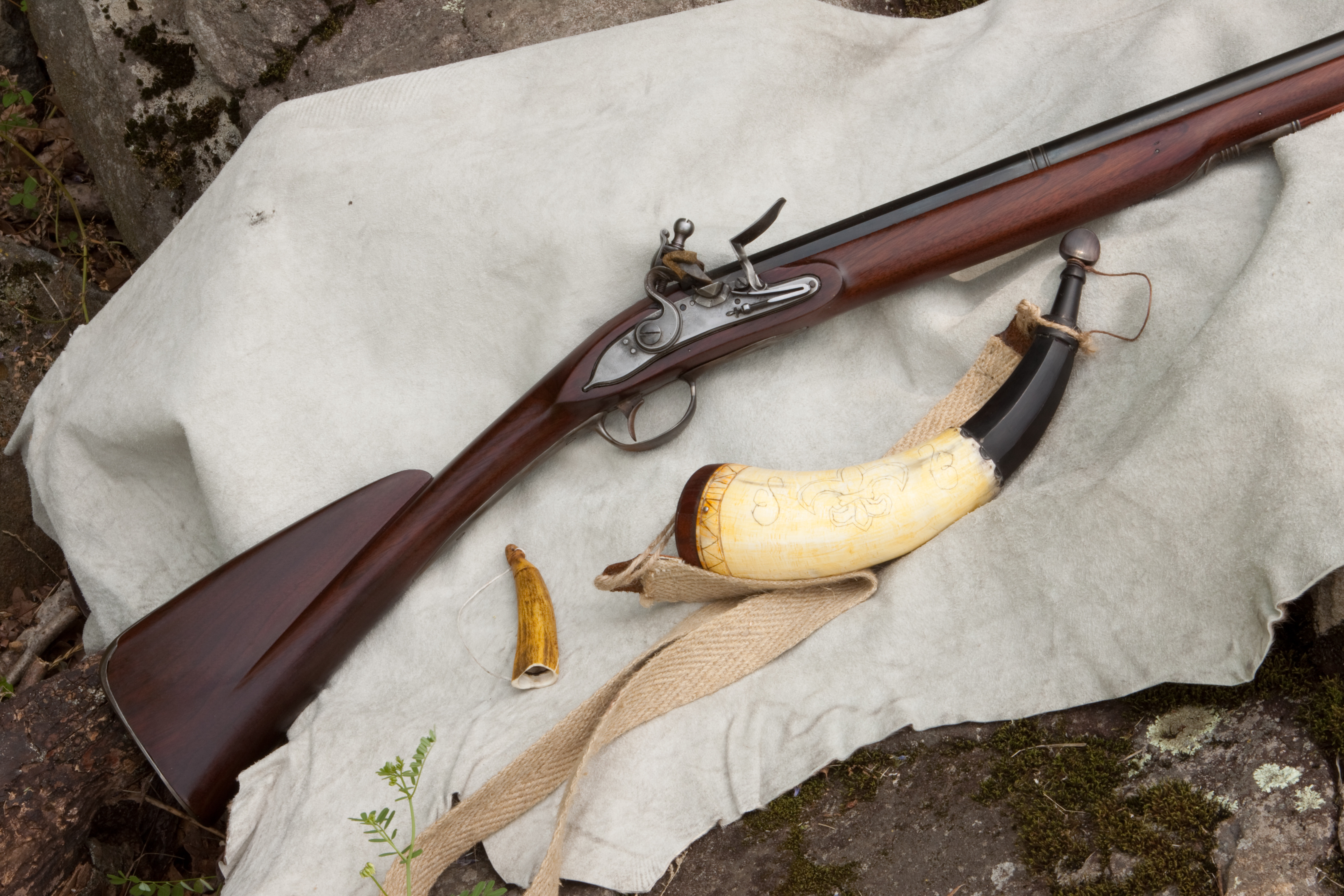
Loading material

A little shooting
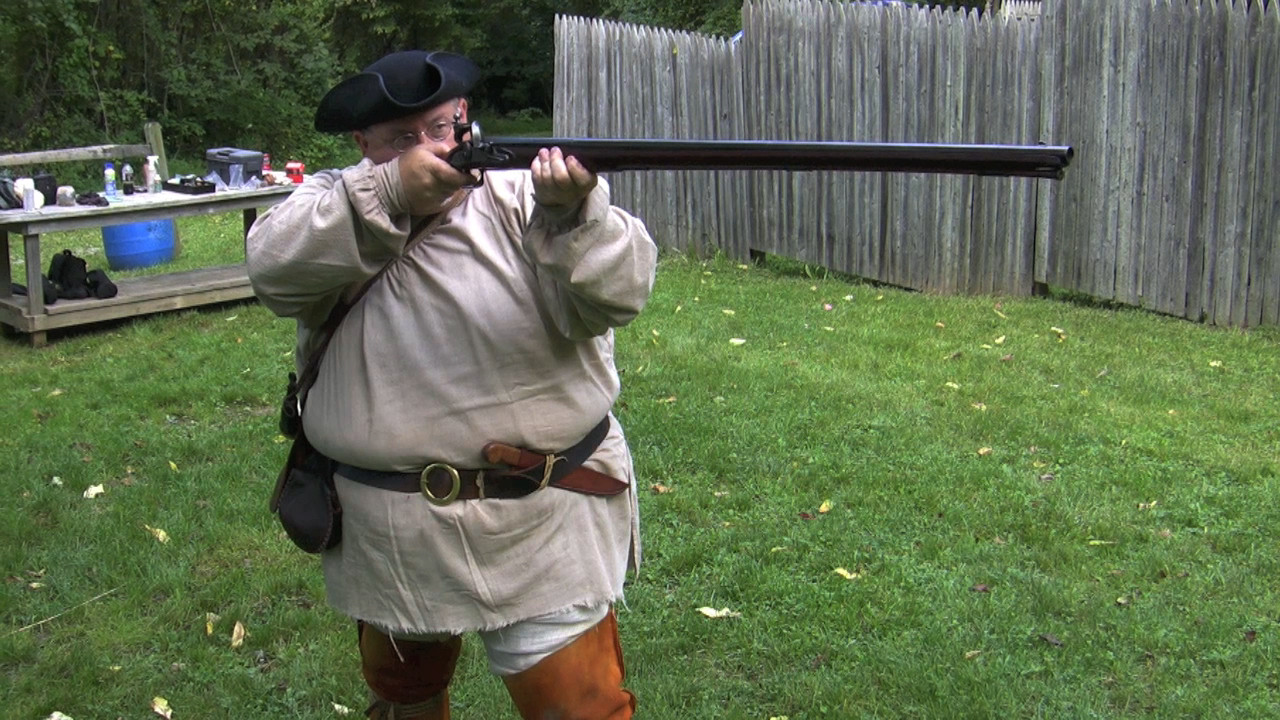
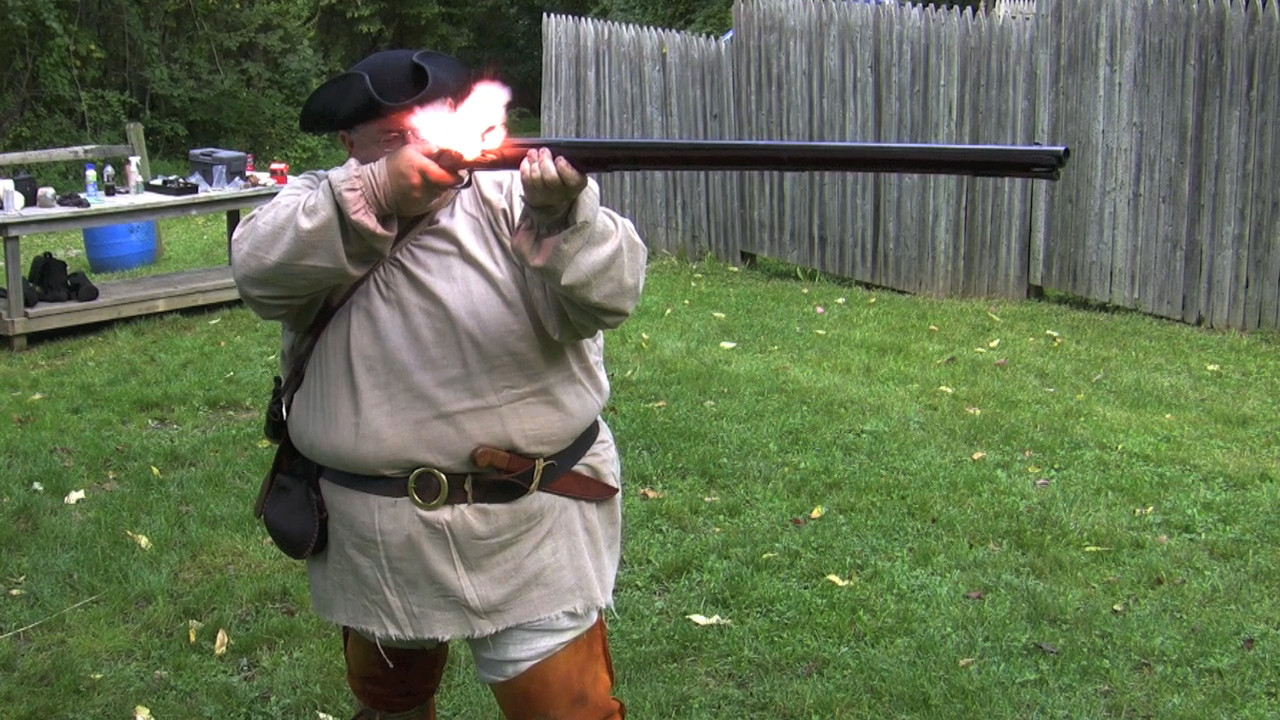
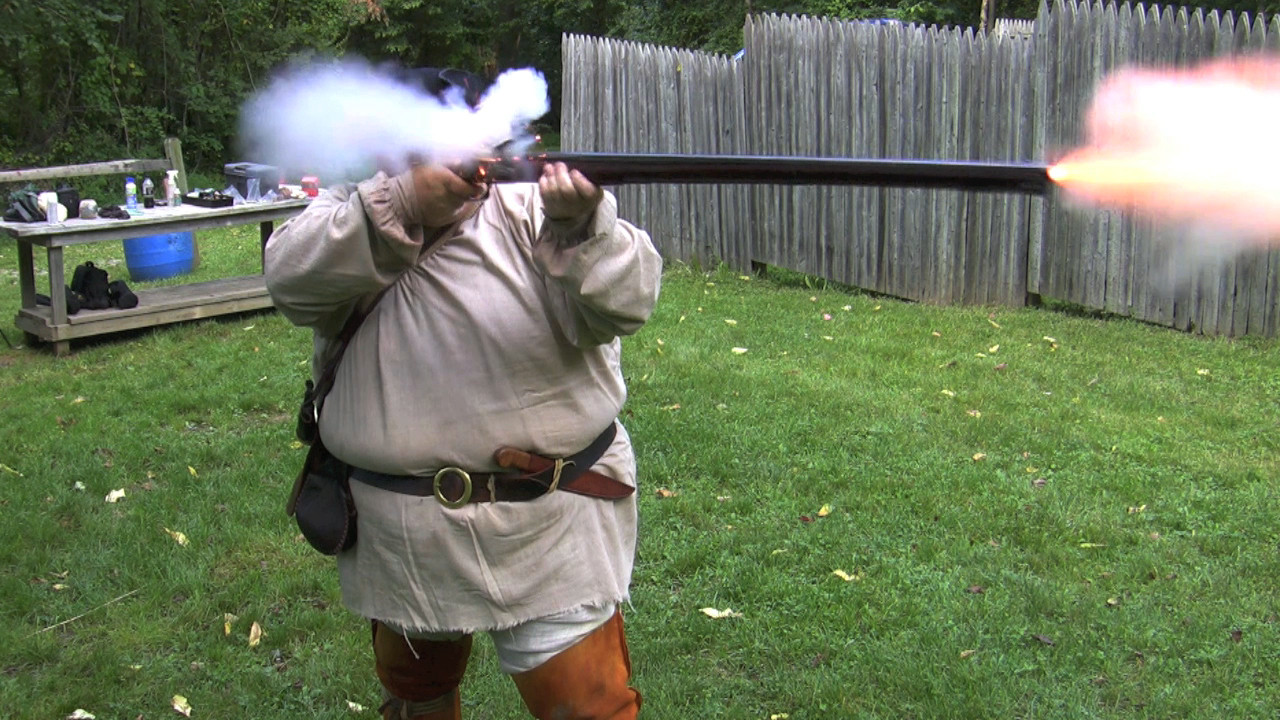
Patched round ball group

Bare ball groups with 90 grains/110 grains of 2Fg and paper or tow wads

Here is a video I did on the subject
https://www.youtube.com/watch?v=C8AtaQGYQDk
This is the Tulle fusil de Chasse I’ve been shooting lately

Loading material

A little shooting



Patched round ball group

Bare ball groups with 90 grains/110 grains of 2Fg and paper or tow wads

Last edited by a moderator:





